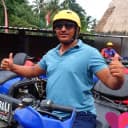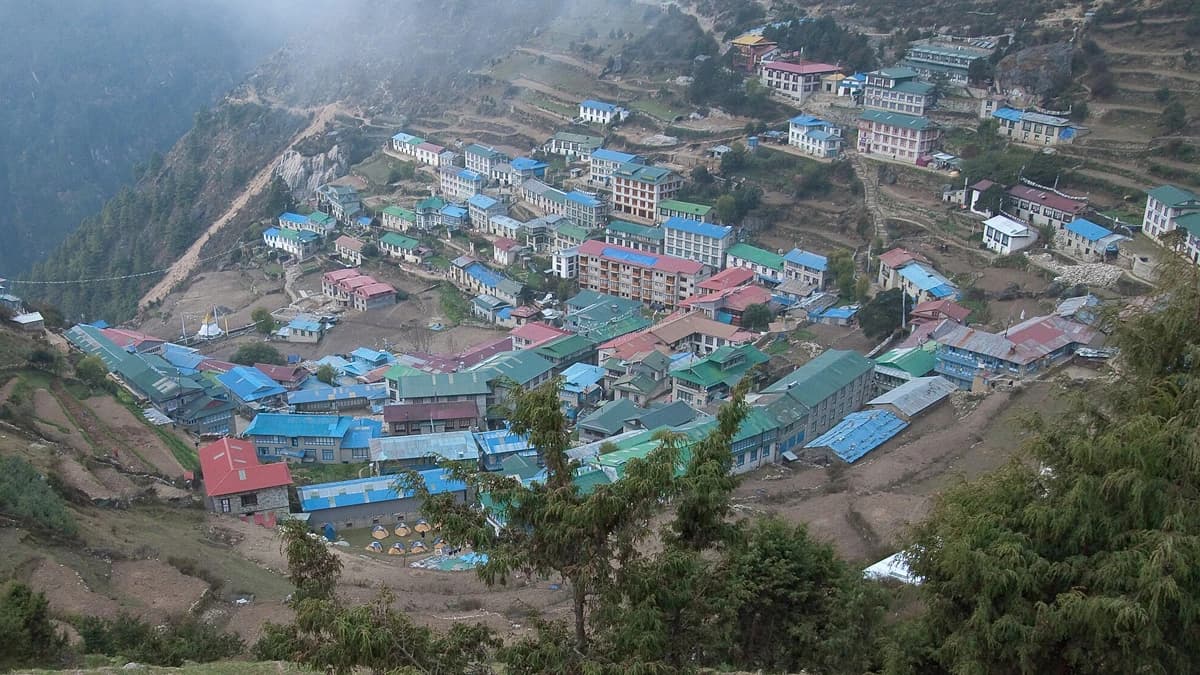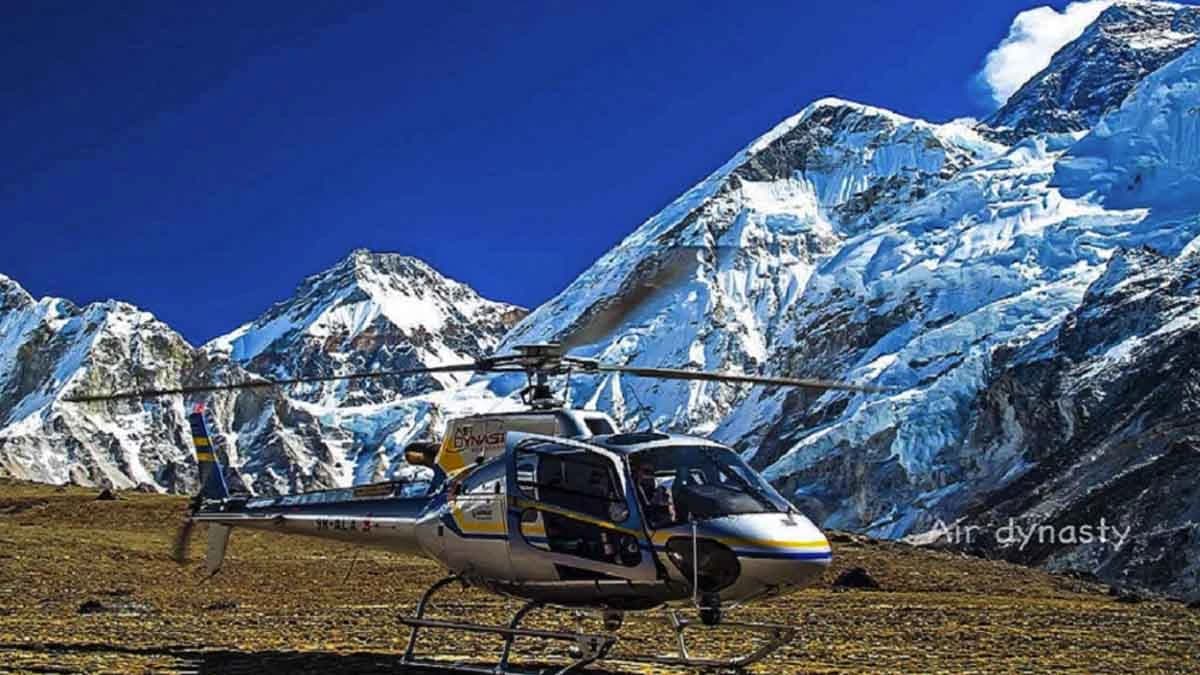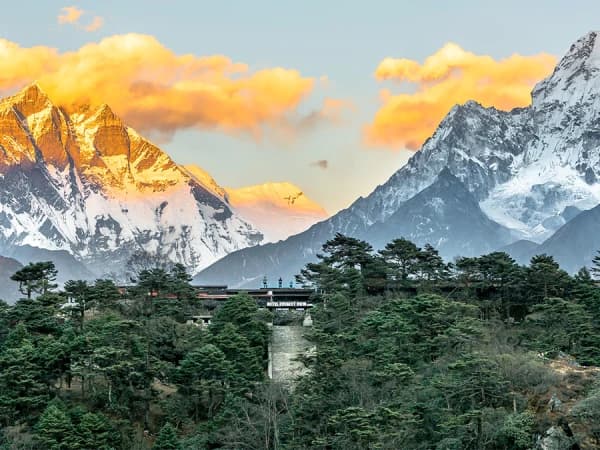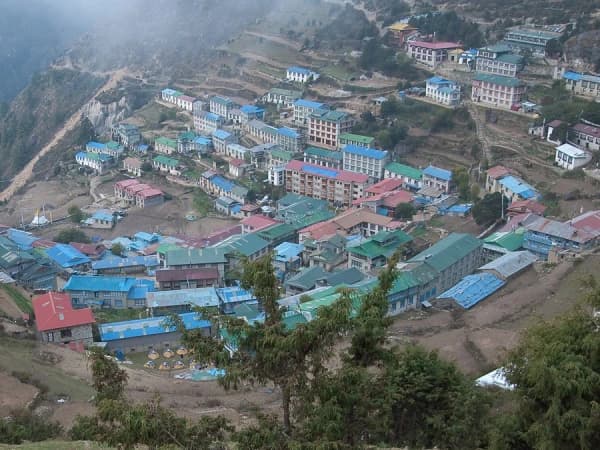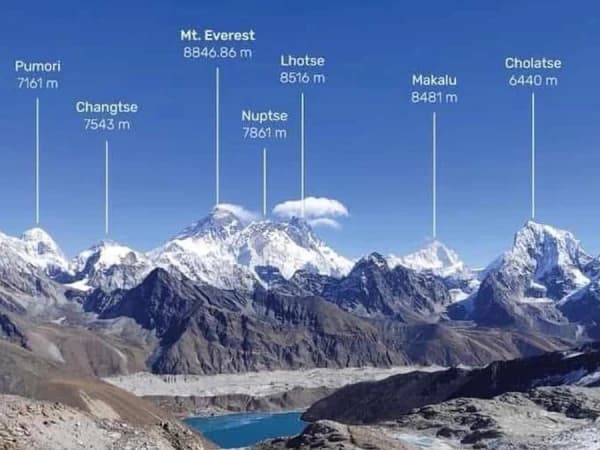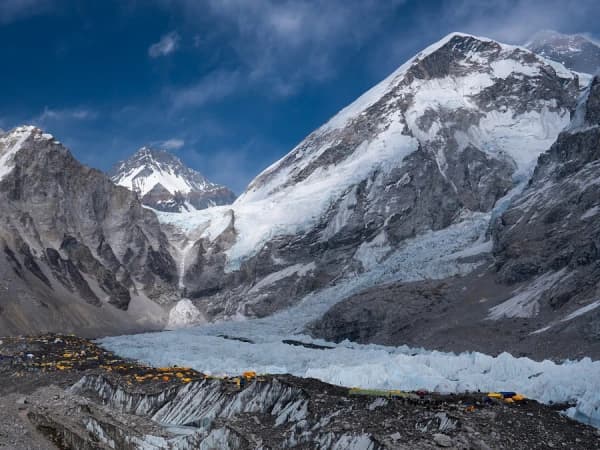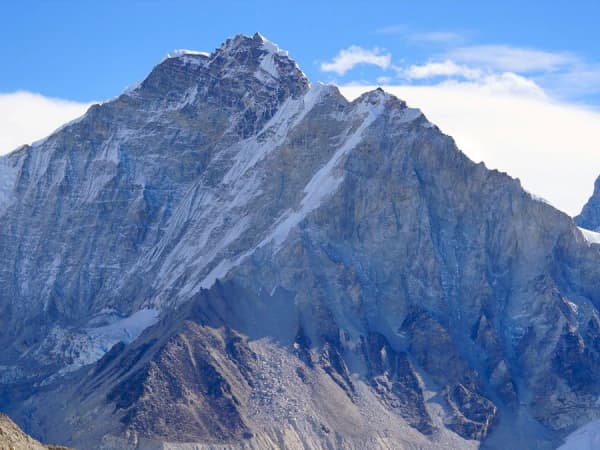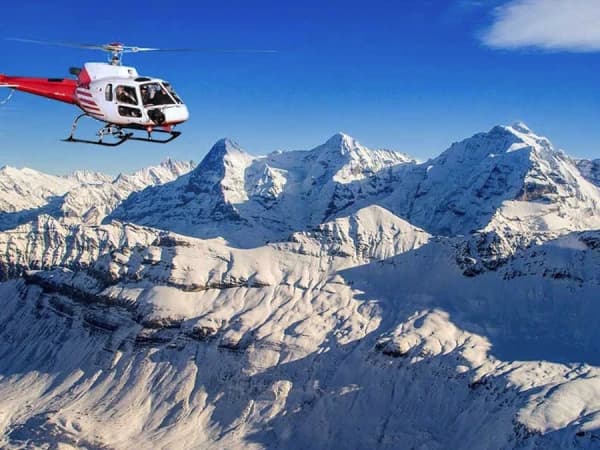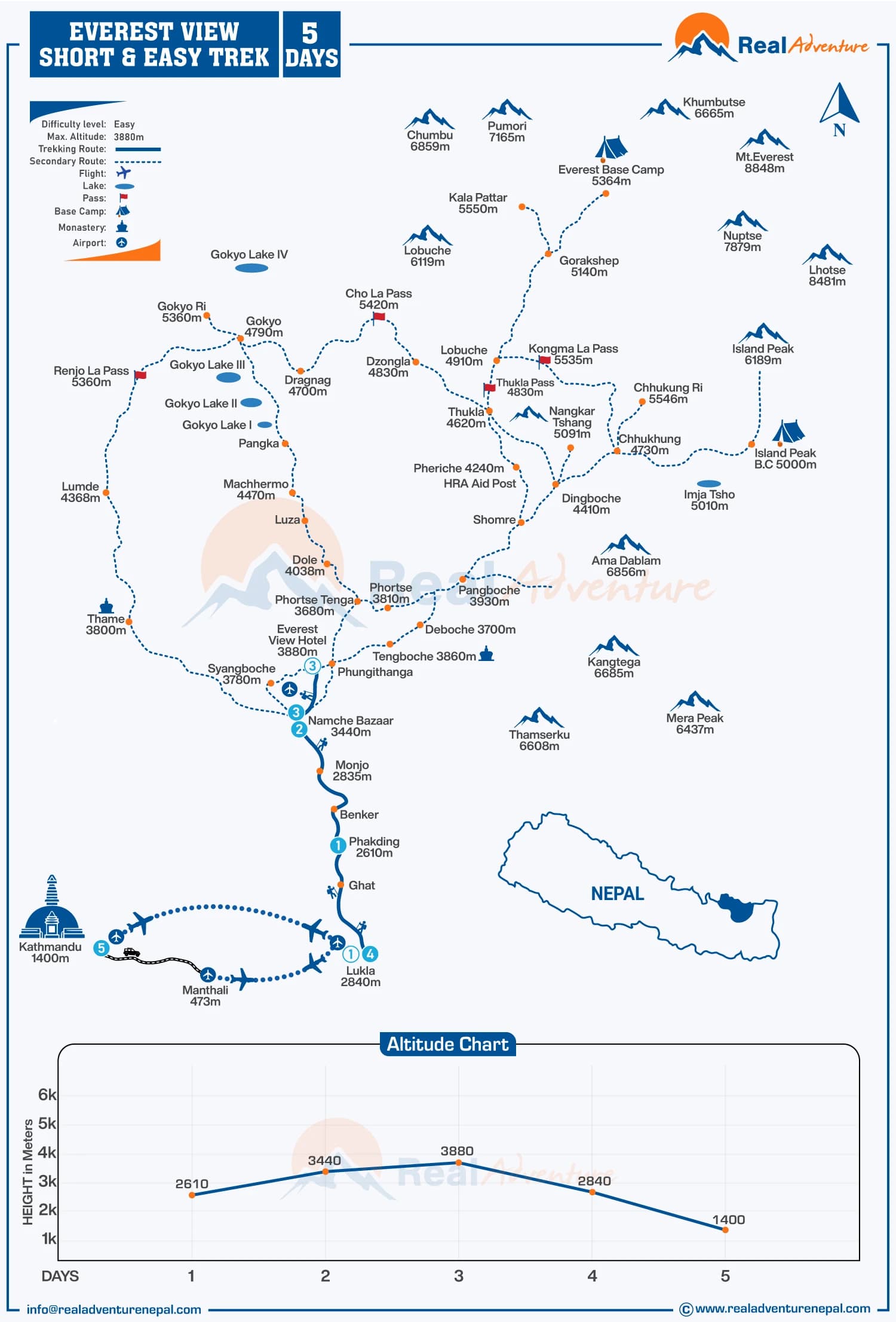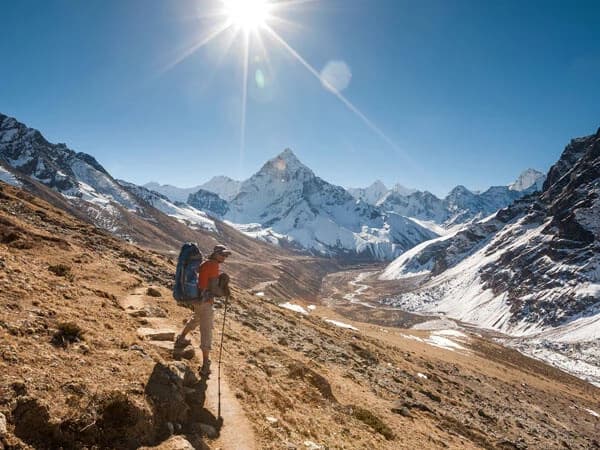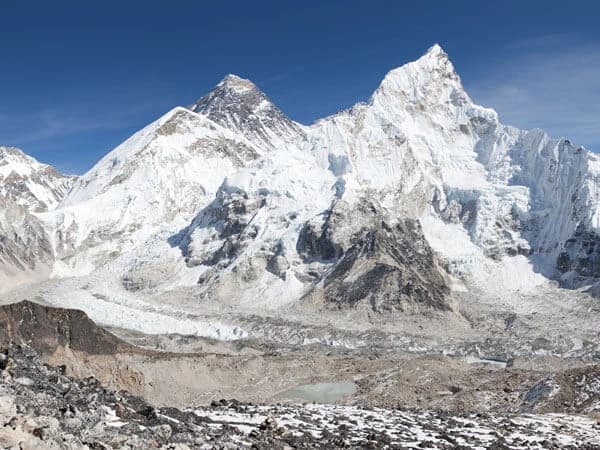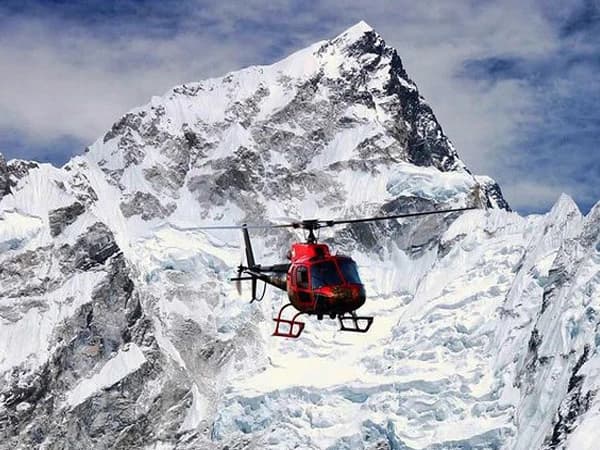Everest View Short and Easy Trek – 5 Days A Complete Family Trek Adventure
The Everest View Short and Easy Trek is the best choice for travelers who want to see Mount Everest without the long and demanding journey of the full Everest Base Camp trek. This popular Everest family trek is perfect for beginners, children, seniors, and anyone with limited time who still wants to enjoy world-class Himalayan scenery in a safe and comfortable way.
This short Everest trek offers spectacular views of Mount Everest (8,848.86m), Lhotse, Ama Dablam, Thamserku, and the charming Sherpa villages of the Khumbu region. With gentle walking routes, comfortable lodges, and lower altitudes, the trek ensures a smooth experience while still delivering the magic of the Everest region.
The journey leads through the beautiful forests, suspension bridges, and cultural villages that make the Khumbu famous. You’ll explore traditional Sherpa communities, visit local monasteries, and walk inside Sagarmatha National Park, a UNESCO World Heritage Site rich in nature and culture.
Because this trek avoids extreme altitudes, it is one of the safest and most enjoyable options for families seeking a short Himalayan adventure. Clear mountain views, friendly locals, warm hospitality, and peaceful trails make the Everest View Short Trek one of the most searched and loved easy treks in Nepal. If you want a memorable, scenic, and family-friendly experience with unforgettable views of Everest, this short and easy trek is the perfect Himalayan getaway.
Everest View Short and Easy Trek - A Gateway to the Sherpa Heartland
This Everest short and family trek begins with one of the most thrilling experiences in the world — a scenic mountain flight from Kathmandu to Lukla (2,840m). In just about 35 minutes, you’ll soar over rolling hills and snow-clad peaks before landing on the dramatic runway of Tenzing–Hillary Airport, the gateway to the Everest region.
From here, your journey unfolds through lush forests, suspension bridges, and colorful prayer flags fluttering in the Himalayan breeze. The trail follows the Dudh Koshi River valley, passing through Phakding before ascending toward Namche Bazaar (3,440m) — the bustling heart of Sherpa culture and the unofficial capital of the Himalayas.
Namche Bazaar isn’t just a resting point; it’s a living museum of Himalayan life. Here, you’ll witness the Sherpas’ unique blend of Tibetan Buddhism, ancient rituals, and modern mountain life. Small cafes, monasteries, and local markets create a lively yet spiritual atmosphere, surrounded by awe-inspiring peaks on all sides.
Everest View Short and Easy Trek - Culture, Nature, and the Call of the Himalayas
Nepal has long been known as the Land of Paradise for Travelers, where nature, culture, and spirituality converge in harmony. This short Everest trek embodies that essence perfectly.
As you move higher, you’ll encounter Buddhist monasteries draped in prayer flags, mani walls carved with sacred chants, and stupas glistening under the Himalayan sun. These sacred landmarks reflect the Tibetan Buddhist traditions of the Sherpa people, who have lived harmoniously with these mountains for generations.
One of the most memorable parts of this trek is the visit to the legendary Everest View Hotel (3,880m). Known as the highest-located luxury hotel in the world, it offers a panoramic spectacle of Everest, Lhotse, Ama Dablam, Thamserku, and Kangtega — all visible from its wide terrace. Enjoy a cup of tea while gazing at the mighty Everest — a moment that defines the word “breathtaking.”
Everest View Short and Easy Trek - Perfect for Beginners and Families
Unlike the full Everest Base Camp Trek, this short and easy trek to Everest Viewpoint does not exceed 3,880 meters, which means you can enjoy high mountain beauty without the risk of altitude sickness.
This moderate trail is suitable for:
- Families with kids
- Senior travelers
- First-time trekkers
Busy professionals with limited vacation time
Each step of the journey is designed for comfort and cultural immersion. The teahouses along the trail offer cozy stays with hot meals, friendly Sherpa hospitality, and a chance to warm up around traditional wood stoves in the evenings.
Everest View Short and Easy Trek - Exciting Helicopter Options – See Everest Up Close
For travelers who want to see Mount Everest Base Camp but don’t have time for a long trek, there’s an amazing option — a helicopter ride from Namche Bazaar or Everest View Hotel.
You can take a Day Heli Tour to Everest Base Camp (5,364m) or even fly up to Kala Patthar (5,545m) for the closest aerial view of Mount Everest, then return to Namche or Kathmandu the same day. This exclusive option blends the beauty of trekking with the thrill of flying, creating a once-in-a-lifetime experience.
Highlights of the Everest View Short Trek
- Easy and family-friendly trekking route with moderate altitude (max. 3,880m).
- Majestic views of Mount Everest, Lhotse, Ama Dablam, and Thamserku.
- Explore Sherpa culture, Buddhist monasteries, and local Himalayan life.
- Optional helicopter ride to Everest Base Camp for a thrilling add-on.
- Comfortable teahouse accommodations with delicious Nepali meals.
- Suitable for all age groups and available year-round.
- Perfect combination of adventure, comfort, and panoramic photography.
Everest View Short and Easy Trek - Suggested Duration and Accessibility
The Everest View Short Trek typically takes 5 to 7 days round-trip from Kathmandu. It starts with the scenic flight to Lukla, followed by gradual ascents to Phakding and Namche Bazaar, and a day hike to the Everest View Hotel.
Because the route remains below 4,000 meters, it is accessible throughout the year — spring (March–May) and autumn (September–November) being the best seasons for crystal-clear views.
Everest View Short Trek Itinerary – 5 Days
Day 1: Fly from Kathmandu to Lukla (2,840m) and trek to Phakding (2,610m) through lush trails and Sherpa villages.
Day 2: Trek from Phakding to Namche Bazaar (3,440m), the gateway to Everest.
Day 3: Hike to Everest View Hotel (3,880m) for panoramic Everest vistas and return to Namche.
Day 4: Trek back to Lukla (2,840m).
Day 5: Fly to Kathmandu (1,350m) and conclude your Everest View Short Trek adventure.
Everest View Short and Easy Trek - Cost and Customization
The price of the Everest View Short Trek depends on the group size, number of days, and porter or guide services. On average, packages range between USD 800 to 1,200 per person, including permits, flights, accommodation, meals, and guide services.
Trekkers can customize the itinerary — extend the stay in Namche, include a helicopter flight to Everest Base Camp, or combine this trek with cultural tours in Kathmandu Valley.
Why Choose Everest View Short and Easy Trek
If you’ve always wanted to witness the Himalayan majesty of Everest but prefer a journey that’s shorter, easier, and culturally rich, this is the trek for you. The Everest View Short and Easy Trek offers everything — mountain views, Sherpa culture, adventure, and peace — within a manageable timeframe.
It’s not just a trek; it’s an introduction to the spirit of the Himalayas — where nature, faith, and human endurance coexist in perfect balance. Whether you’re traveling solo, with family, or as part of a small group, the memory of seeing Mount Everest rising above the clouds will stay with you forever.
Everest View Short and Easy Trek - Practical Information & Tips
- Permits: You must carry Sagarmatha National Park entry permit and Khumbu Pasang Lhamu Rural Municipality permit (handled by Real Adventure Nepal).
- Fitness: Moderate fitness is sufficient; prior hiking experience helps. Pace yourself and drink water often.
- Best seasons: Spring (Mar–May) and autumn (Sep–Nov) for clear skies and stable weather. Winter is colder but quieter.
- Altitude: Max altitude is 3,880m at Everest View Hotel — generally safe for most people but monitor for AMS signs.
- Packing: Daypack, waterproof jacket, warm layers, sturdy boots, hat, sunscreen, water purification tablets, headlamp.
- Optional add-ons: Helicopter day tour to Everest Base Camp/Kala Patthar, extra acclimatization days, cultural tours in Kathmandu.
This short Everest View Trek packs big Himalayan rewards into a compact schedule — ideal for families, time-pressed travelers, and anyone who wants to taste the Khumbu’s culture and vistas without a long expedition. With the right preparation, it’s an achievable, life-affirming introduction to Nepal’s high mountains.

